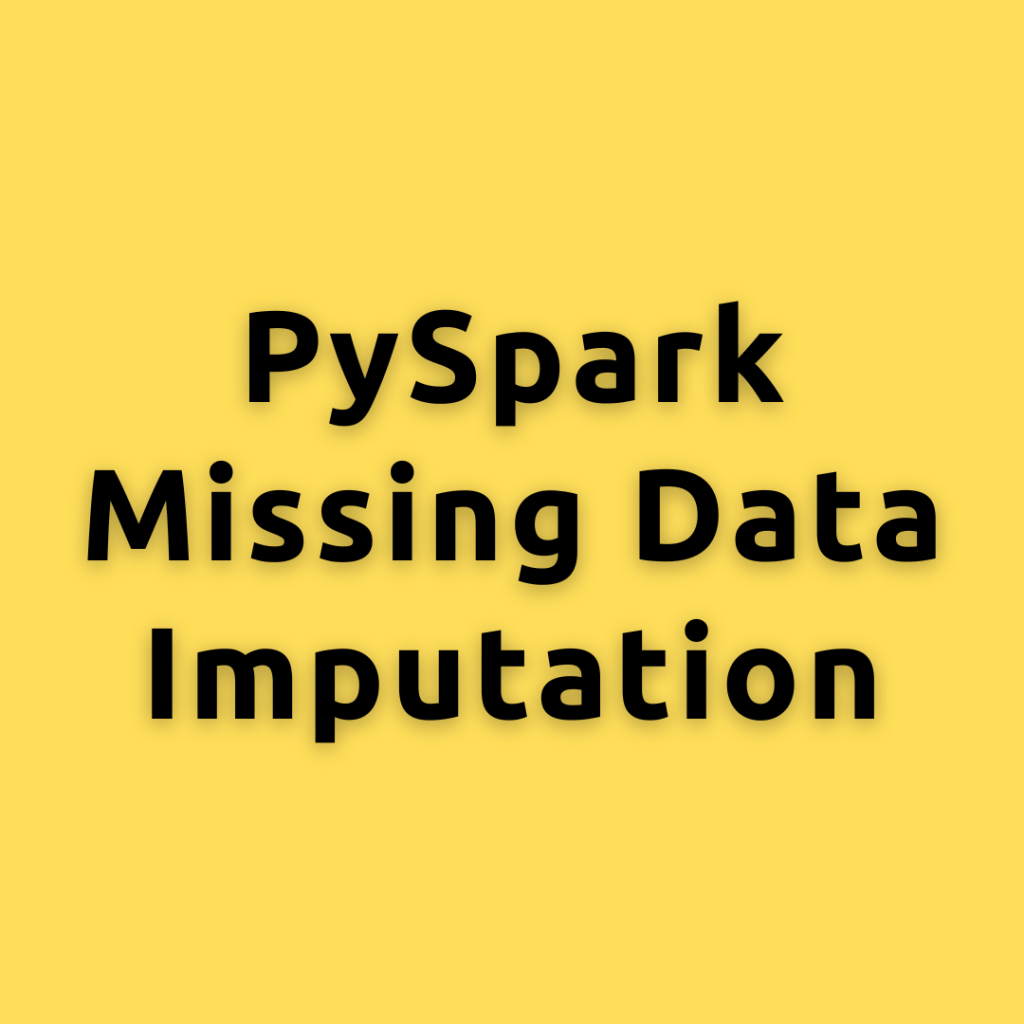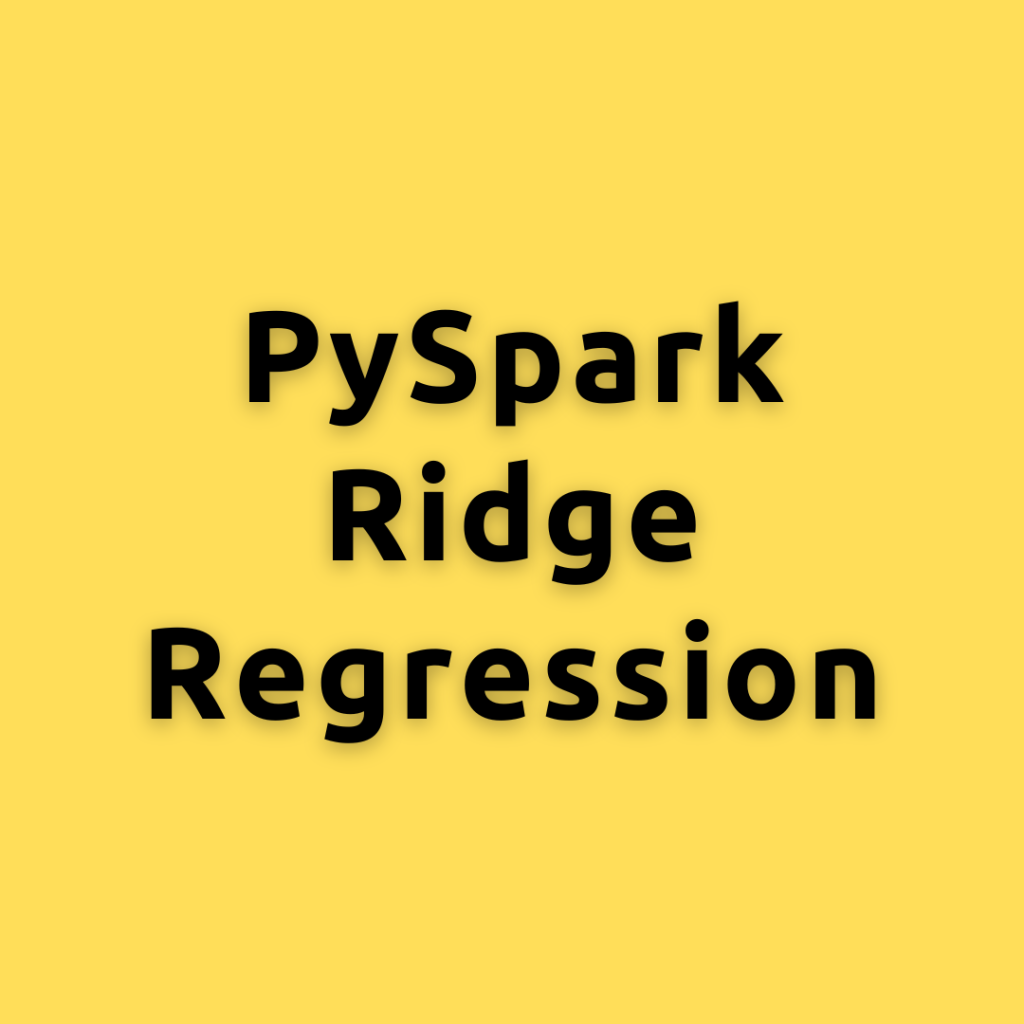PySpark Exercises – 101 PySpark Exercises for Data Analysis
101 PySpark exercises are designed to challenge your logical muscle and to help internalize data manipulation with python’s favorite package for data analysis. The questions are of 3 levels of difficulties with L1 being the easiest to L3 being the hardest. You might also like to try out: 101 Pandas Exercises for Data Analysis 101 …
PySpark Exercises – 101 PySpark Exercises for Data Analysis Read More »






















